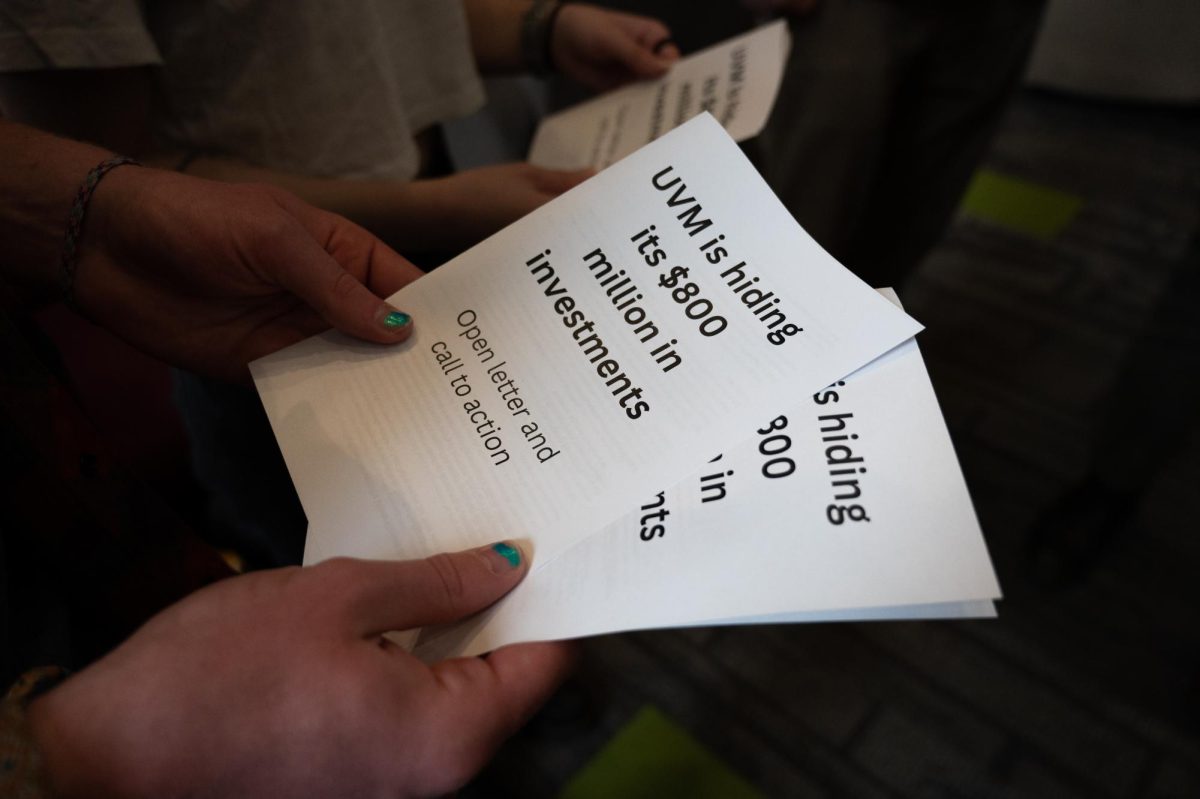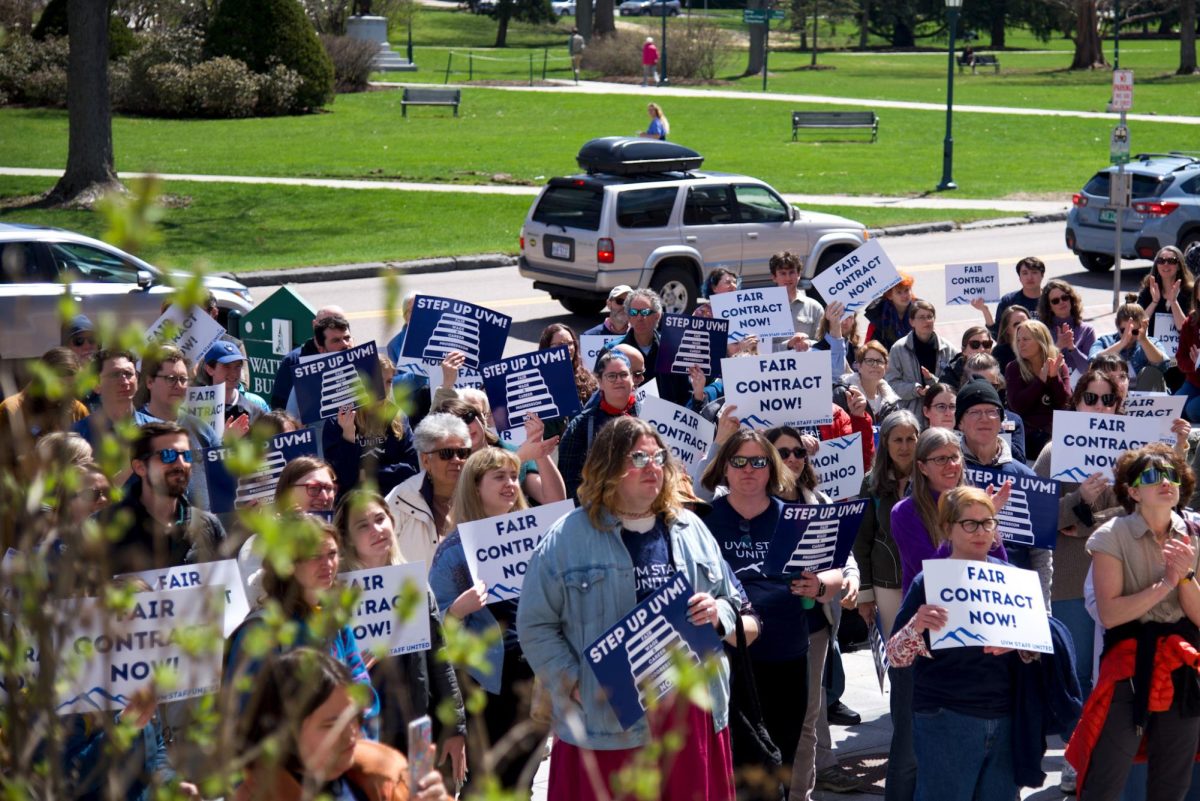A team of renowned experts, including a University medical professor, revised The American Heart Association’s (AHA) official statement on “Exercise Testing and Training” for the first time in 10 years in light of recent findings in the field.
Professor of Medicine Philip Ades – cardiologist and the director of the cardiac rehabilitation program at Fletcher Allen – co-chaired the international team of medical experts that revised the statement on exercise fundamentals.
“What it goes over is the value of exercise training, how to do it safely and what are the expected benefits,” Ades said.
The new statement is titled “Exercise Standards for Testing and Training” and came out in the July issue of Circulation, the AHA’s journal.
A group of 15 authors worked to revise the statement, according to the official statement.
The revisions consisted of mainly explaining target exercising, removing barriers from exercise training and giving specifics on outcomes of different levels of exercise.
“Not one size fits all, it depends on the outcome you’re looking for,” Ades said, explaining how the revision has addressed the role that exercise plays for people with different goals. “Losing weight, an older person trying to prevent disability or lowering your blood pressure or cholesterol level; we get into detail about targeting the exercise for the outcome.”
The reason this statement is beneficial and important is because the AHA sets a standard for research and care, Ades said.
“The Heart Association does a long set of suggestions and this is one of the important ones,” he said. “We want it to set a standard but also readable and useful for all as it ends up being for the public.”
When it comes to college students, Ades said the biggest drop off where people start to gain unhealthy weight is during the transition from high school to college.
















